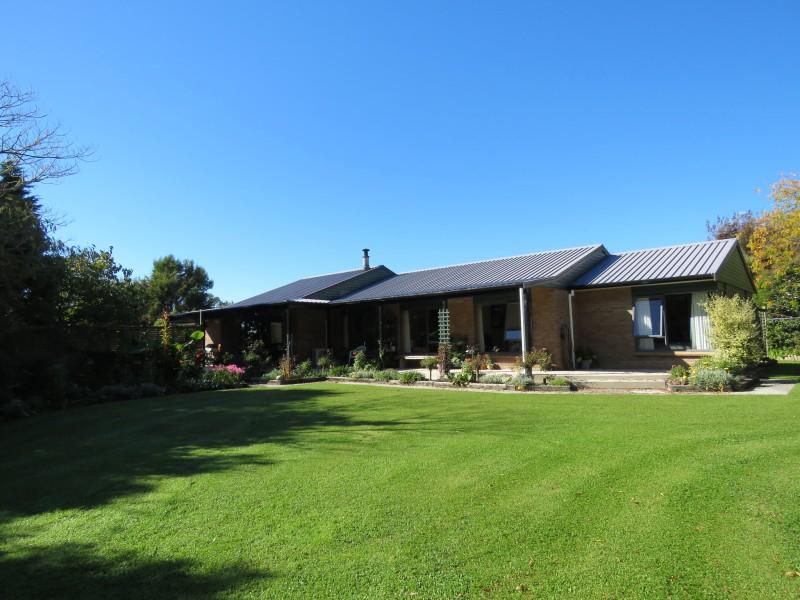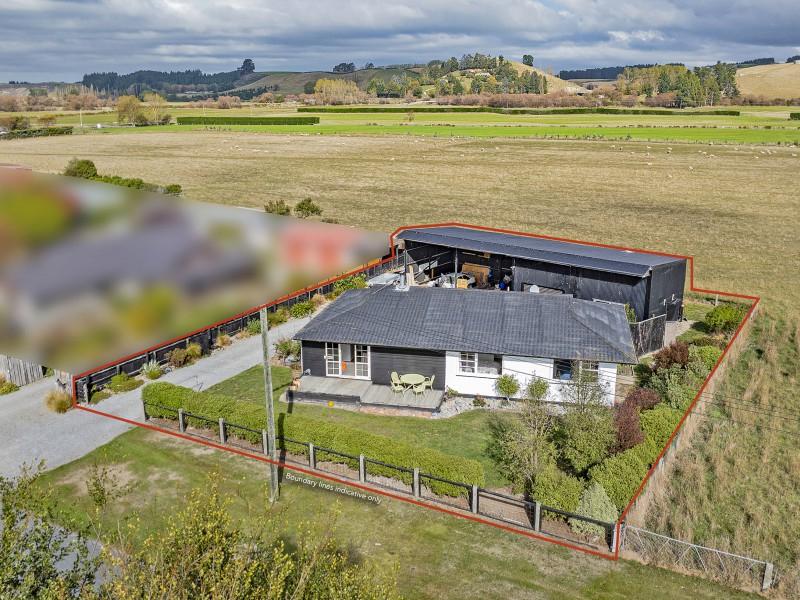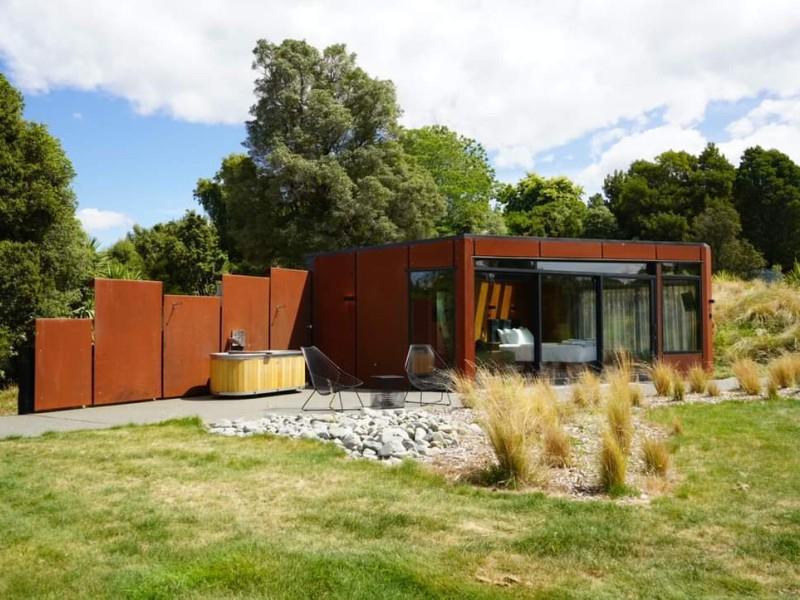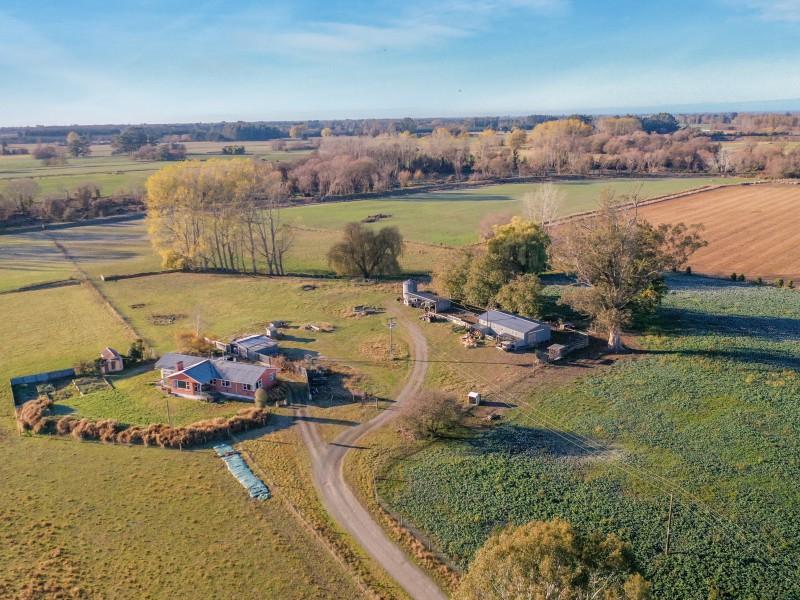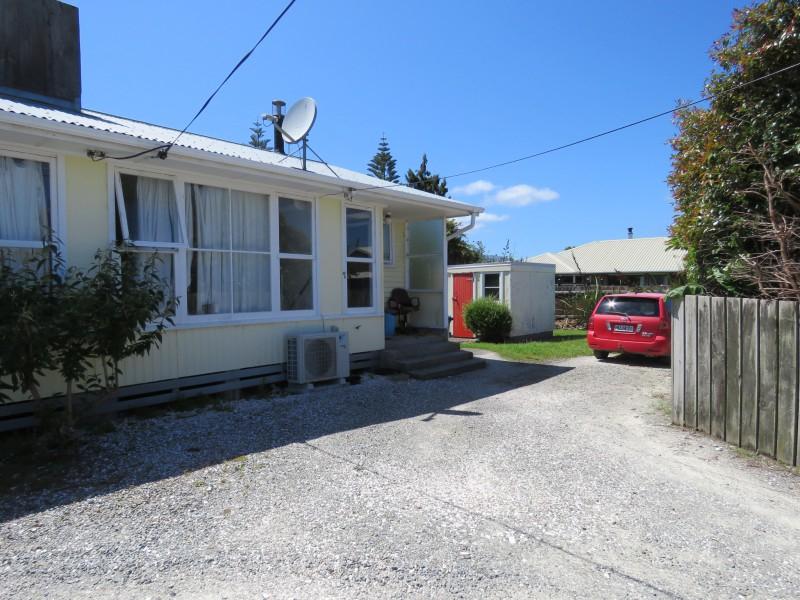Coast council backs locally generated hydro-electricity
By local democracy reporter Brendon McMahon:
The West Coast Regional Council is calling for the Government to back locally generated hydro-electricity as the country moves away from coal and gas.
The council has submitted on the Government's discussion documents - Advancing New Zealand's Energy Transition - on its local power needs.
The West Coast has some of the highest priced electricity in the country due to the losses of power via transmission lines through the Southern Alps.
The council described a focus on large-scale renewable energy development within the discussion document as "disappointing".
Instead, the council called for local renewable energy generation to be supported as solar and wind generation are "not viable options" for the West Coast.
Submitters for the proposed combined Te Tai o Poutini Plan also called for a more flexible approach to enable electricity generation in the region.
The submissions pointed out the proposed small-scale hydro schemes in the region - namely the Waitaha run-of-river scheme - is needed for the region to be self-sufficient and even an electricity exporter.
The region's community-owned lines company Westpower said that if the region's single biggest manufacturing site, Westland Milk Products, fully switched to electricity it would soak up the entire electricity capacity in the region.
The council said "it is disappointing" the Advancing New Zealand's Energy Transition discussion document appeared to only focus on large-scale renewable energy developments.
"The council's view is that development of local renewable energy sources needs to be supported in a national energy strategy."
It also noted a lack of focus on renewable energy "generated by and for local areas" in the Energy Efficiency and Conservation Authority's Regional Energy Transition Accelerator report for the West Coast.
That report, released in August, focused on replacing commercial and industrial fossil fuel with biomass and electricity in the region.
"But it does not state where the electricity will be sourced from, and it appears not to support or promote using local renewable resources to generate electricity for local communities," council said.
Instead, support for the development of local renewable energy generation should be clearly stated in the national Emissions Reduction Plan, the National Adaptation Plan, and the national Energy Strategy, council said.
The council goes on to suggest the solar and wind generation options proposed in the discussion document cannot be relied on in future dry generation years.
"Medium to large scale, land-based wind generation is not an option due to our low wind power densities," the council said.
"There is also less sunshine hours and limited flat land available on the West Coast for commercial, medium to large scale, land-based solar generation compared to Canterbury for example."
The Government needed to support "micro, small and medium-scale hydro" as the region had the water and slopes for the schemes.
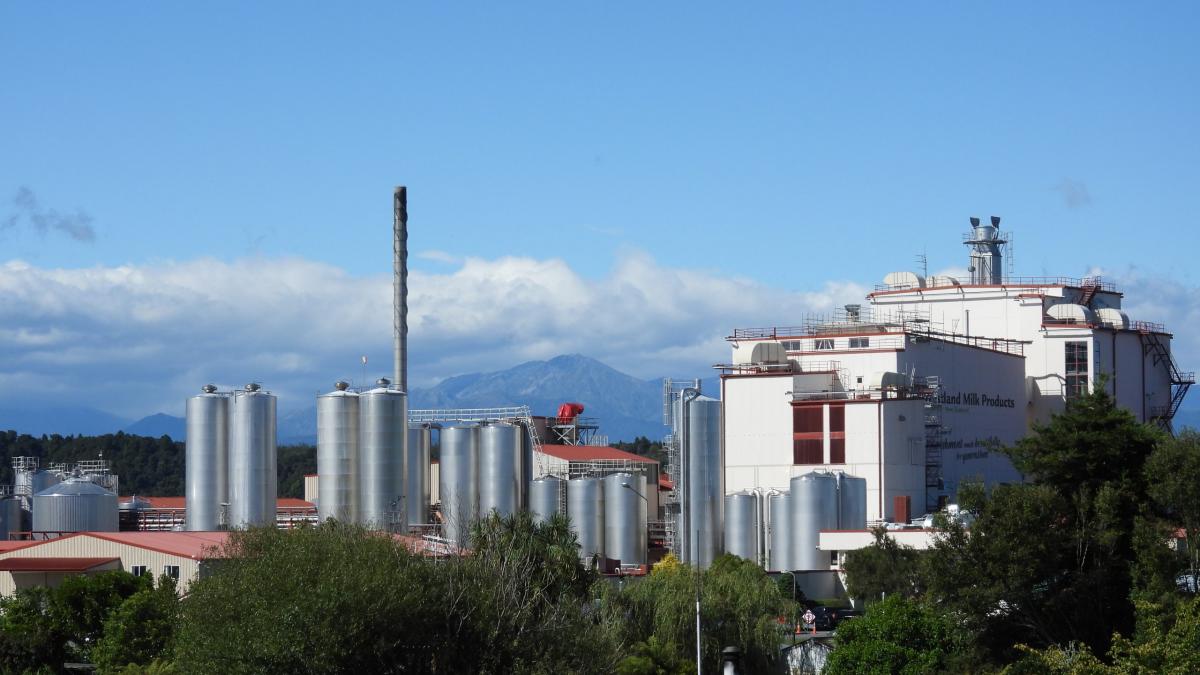
Poll: What is the smallest size hearing device Triton Hearing offer?
Some kiwis think hearing devices are big and ugly.
What if we told you technology has advanced substantially and they’re available in all shapes, colours, and sizes?
Go in the draw to win* a $40 MTA voucher when you share your answer to the
question below. Give it a go!
*T&C’s apply – must be over 18.

-
89.8% a) The size of a pea
-
4.1% b) The size of a AAA battery
-
6.1% c) The size of a $2 coin
West Coast’s three most polluted waterways
By local democracy reporter Brendon McMahon:
The top three polluted creeks on the West Coast will be targeted in a voluntary new approach to help clean up its waterways.
The West Coast Regional Council, using decades of previous data, plans to work with adjoining landowners in to address polluted waterways via "non regulatory methods".
Waimea Creek, which hosts almost a dozen working gold mines, is one of the worst three, with multiple abatements slapped on mine operators following a raft of complaints over many years.
Bradshaws Creek near Westport and Baker Creek near Karamea are the other two on the list, with farming believed to be contributing to poor water quality.
Council's resource management committee agreed on May 7 to press "pause" on its Freshwater Farm Plan measures as it awaits a Government review of the system.
The regional council then endorsed promoting a voluntary approach via the catchment management programme.
Acting planning manager Selva Selvarajah said the proposed approach in working with adjoining landowners was "almost brand new" for the region.
Until now catchment issues had been dealt with by council on a case-by-case basis, he said.
"Non regulatory methods" via catchment management programmes can be effective, based on wider experience.
The pause now on the Freshwater Farm approach gave scope for council's own catchment programme, he said.
Key stakeholders Poutini Ngāi Tahu, the farming sector and the region's dairy company were on board with the new voluntary approach.
Decades of catchment data held by council was used to identify the most problematic areas to make a start, Selvarajah said.
Programme co-ordinator Koeen Beets said their data base on E Coli, phosphorus, clarity, and macroinvertebrates helped them identify "the poorest" catchments.
Waimea Creek, Bradshaws Creek and Baker Creek were "the worst case scenarios".
Waimea had "a very poor" clarity score linked to activity in the catchment. Yet to be harvested plantation forestry, mining and farming were believed to be factors.
Beets said mixed farming dominated Bradshaws Creek, and he presented a picture of stock pugging on that creek's bank as an example.
That creek fed into the same estuary as Martins Creek, above the popular swimming spot on Marrs Beach opposite the town of Westport.
That beach has been on council's radar for years for its poor swimming water quality.
Beets said that catchment would require a broad approach to understand the complex factors at play.
Council environmental scientist Jonny Horrox said Martins Creek would not be ignored following a previous community-group approach.
There was less farming in that catchment compared to Bradshaws, he said.
Beets said the E .coli levels for the dairy-dominated Baker Creek at Karamea was very poor.
He said it was on a score where if a swimmer dipped into it 100 times, they would become sick from seven of those swims, he said.
Consultant Nicola McGrouther, an expert in catchment management, said the aim was to support adjoining landowners to voluntarily make changes to improve water quality.
"They need to be farmer-led and community-led," she said.
Each catchment programme would be unique with an underlying standard approach similar to that used by the NZ Landcare Trust community catchment model.
"We work with those communities to understand what the issues are."
Councillor Frank Dooley, who queried a possible link between Westport's wastewater treatment site and the headwaters of Bradshaws Creek, said he wanted to see an action plan on how the groups would be formed.
Council chief executive Darryl Lew said council already had external funding to employ Beets as the direct contact, and two further interns.
Lew believed council could direct adequate resources to support three catchment groups meantime with the existing funding until June 2025, with the council's proposed long-term plan incorporating it from there.
The Tova Show
Hello! Are you a …
- A student/young professional renting
- A young family, renting or owning
- An older New Zealander/retiree/pensioner
We’re reaching out from the Tova show, the flagship weekly politics podcast on Stuff, as we prepare for our budget coverage and how it’s affecting Kiwis - we’d love to hear from you.
We need a few people who are available the week before the budget (Wednesday 22nd/Thursday 23rd May) and on the day of the announcement (Thursday 30th May).
Please email tova@stuff.co.nz or comment below if you’d like to share your perspective with us. We give you our commitment to treat your experience with sensitivity and care.
Type NFP if you don't wish your comments to be used.







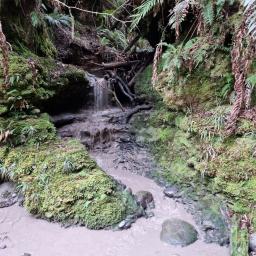
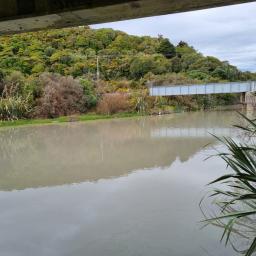
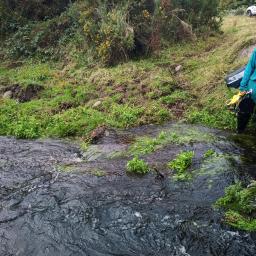
 Loading…
Loading…